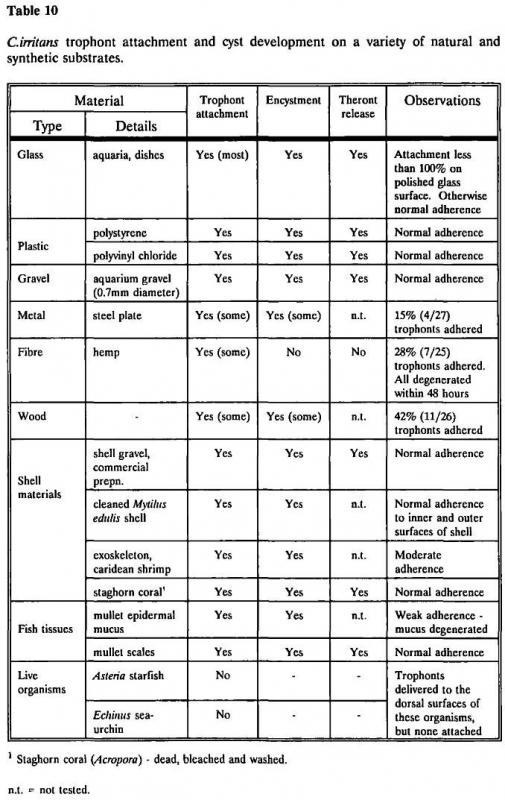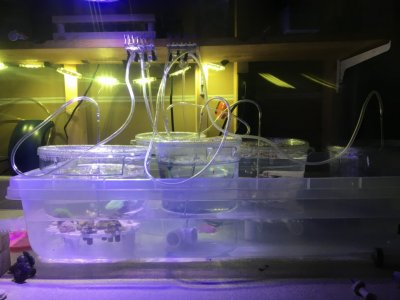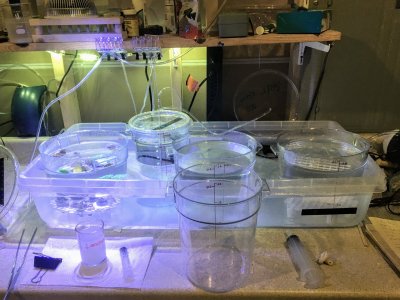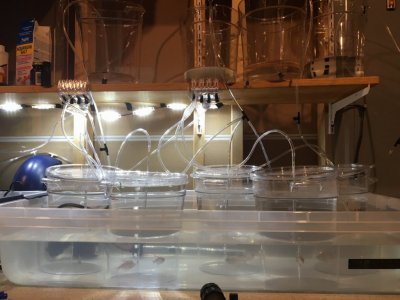- Joined
- Feb 15, 2018
- Messages
- 504
- Reaction score
- 248
Yes, but that's only if the animal entered the QT with free swimmers loosely attached. A perfect example of this would be an anemone, which could have free swimmers on it but their "skin" is too soft for tomonts to encyst upon. By contrast, a stony coral could have tomonts stuck to it and it could take up to 72 days for all the ich free swimmers to be released from the tomonts. You then wait 4 more days (76 days) for all the free swimmers to starve to death. Any velvet tomonts/dinospores would be gone by the 45 day mark, because velvet's life cycle occurs faster than ich's.
Can I use metroplex in quarantine instead of Prazipro?




















